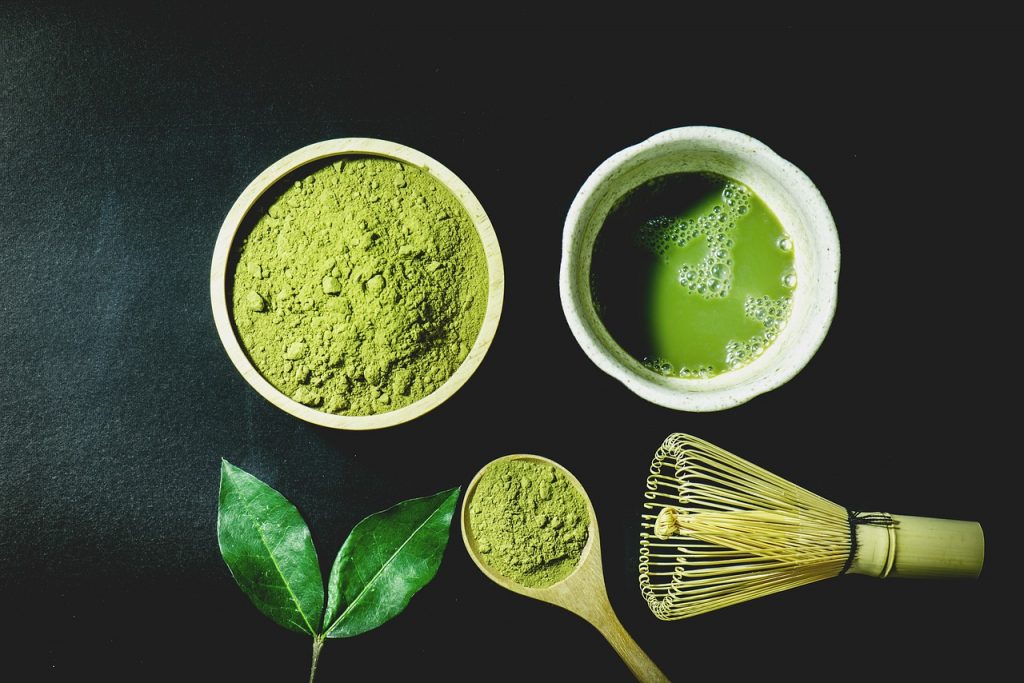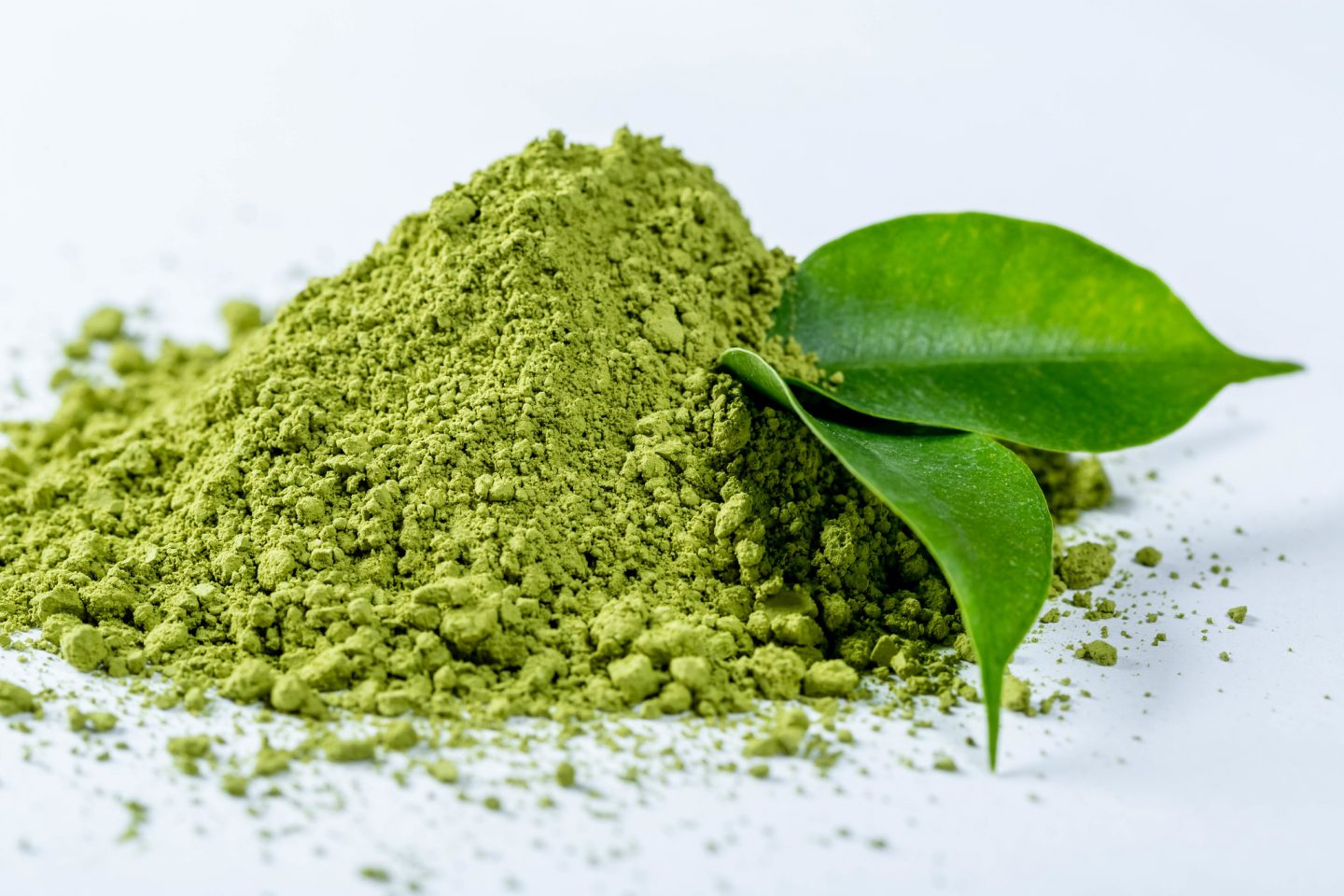Introduction
What is Matcha Tea and where did it come from?
The main two main ingrediants in all types of tea are hot, but not boiling water and the young leaves and buds of the Tea plant (Camellia sinensis plant).
The Camellia sinensis plant is a shrub or small tree that originates from the Yunnan and Sichuan provinces in southwestern China.
Although most tea today matcha included are processed in some way be that pan frying, drying, fermenting, grinding, steaming etc… Tea in its earliest form dates back to warring states period in China 475-221 BCE and was probably consumed with raw unproccessed leaves.
Matcha Tea or Chasen/Chaxian is a type of tea that is known as cake tea, this is because of how it is processed. The tea leaves are steamed and then molded into small cakes, the excess water is pressed out and then the cakes are then allowed to dry for around fifteen days.
the finished cakes are then grounded into a fine powder, mixed with hot water and whisked to a froth with a bamboo whisk.

Cultural Significance?
During the Song dynasty a vast tea culture, industry, poetry and art all were developed due to the literati’s obsession with Matcha tea.
Although not exclusive to matcha tea, tea was also one of the humanity’s first introduction to caffeine.
During the 11th century the emperor Huizong had writings on tea which were the “Essays on Tea from the Daguan Period” which talk about his interest in where and how the tea he drank were processed.
The Tea culture that was developed in China that later spread to Japan also heavily emphasized the importance of quality utensils to make the tea. The most common utensils are the ceramic bowl, the bamboo whisk and a small tea spoon for measuring and scooping the tea powder.
Even after whisked tea went out of style in China, its popularity and cultural significance continues to this day in Japan with matcha tea playing a central role in the Japanese tea ceremony.
Although matcha tea was associated with elite culture, taste and aethstetics in China and Japan, today it has become a widely successful mainstream beverage that can be found in most grocery stores, western tea shops or places like Starbucks (although like most things that become mainstream most connoisseur’s today and in the past would scoff at western matcha for their dubious quality).
https://www.needpix.com/photo/download/956994/matcha-power-japanese-ingredient-free-pictures-free-photos-free-images-royalty-free-free-illustrations Benn, James A. 2015. Tea in China : A Religious and Cultural History. UPCC Book Collections on Project MUSE. Honolulu: University of Hawaii Press. http://search.ebscohost.com.ezproxy.kpu.ca:2080/login.aspx?direct=true&db=e000xna&AN=986517&site=ehost-live&scope=site. Surak, Kristin. 2013. Making Tea, Making Japan : Cultural Nationalism in Practice. Stanford, California: Stanford University Press. http://search.ebscohost.com.ezproxy.kpu.ca:2080/login.aspx?direct=true&db=nlebk&AN=713438&site=ehost-live&scope=site.


Really great historical research Brandon!